Demei's View - Wine Communication from a Chinese Winemaker
There had to be a reason for me to enter the wine world. Thinking about it, it was autumn in 1997, and I was on my way to visit a friend in north California. I lost my direction and drove into a cluster of colourful bushes sitting among the limitless hills, and I was impressed by spectacular scenery.

 Image 1: 4088 vineyard © LI Demei
Image 1: 4088 vineyard © LI Demei
Image 2: 4088 winery © LI Demei
I didn’t realise what it was until I stopped. It was, as my fellow traveller said, a plot of vineyard that had just been harvested. That was the first time I’d stood in front of such a large area of vines, and left me with very beautiful memories. Later, when I had an opportunity to learn about winemaking, I started without hesitation.
So the accident of entering into a vineyard in north California was the catalyst that drove me into the wine industry. California is the field of dreams in the New World, and because of the particular synergy with San Francisco by Chinese people, Californian wine is getting more favour in the Chinese wine scene. Some investors even come here proactively for business opportunities. So, when I chose California as my summer holiday destination this year, I decided to revisit north California.
After leaving San Francisco and driving through the Golden Gate Bridge, I turned onto the highway in the Sonoma-Napa direction at Petaluma. This time I was very clear about my destination and had a GPS in hand, so I wouldn’t get lost again.
The grapes were at the end of veraison, and were still quite far from being harvested, so there was still an eyeful of green in the vineyard – though it looked a bit gray-ish due to a lack of water. On one hand, wine growers would practise water stress during the ripening season; on the other hand, there was less natural rainfall this year.
A friend (who is currently traveling and studying in Napa) and I successively arrived at a small winery in Atlas Peak around lunch time. The winery was nearly at the end of the road. The quietness of this place made me feel a little nervous as I had just left downtown.

The winery, established in 1995, was located on a hill that was 550 metres above the sea level. Within the 6 ha area was 2 ha of vineyards, planting Cabernet Sauvignon and Merlot, and producing 500 boxes of wines every year. The cellar was in a cave dug at the hillside, and was opposite a residence that occupied nearly 200 m2, which was my accommodation at night. (Image 1, 2, 3)
The name of the winery is 4088, because its address is 4088 Atlas Peak Road. It was bought by a group of Chinese joint-investors in 2012 and changed to this straightforward name, which is easier to be spread in the Chinese market.
‘If you were in China, you might receive a notification after a few years telling you that the number of your property has been changed…’ I joked with Julie, the owner of the estate.
Julie studied engineering at university and came to the US for a marketing course, then settled in the country. She fell in love with wine during her time here. Whilst enjoying wines by herself, she was thinking about ways of making her own wine to share with friends.
In the magic country of America, there will always be an opportunity to succeed for those people who have an idea.
She purchased this winery with some friends in 2012. Not just the building, the vineyard and the cellar, but also the 2010 and 2011 vintages of bottled wines lying in the cellar. The first vintage of this estate was 2003; although the altitude is a little too high in this area and the temperature is a bit low, with intensive cultivation the grape ripeness is quite satisfying, and the 2009 vintage even scored 95 points in Wine Spectator.

at Skyline of Gobi Vineyards© LI Demei
There was a pond above the winery for angling; under the tall walnut tree was the home of the voles; in the vineyard, there were some hard-working turkeys anticipating the grape harvest (Image 4) … such a paradise!
Chinese culture is affected profoundly by the agricultural civilisation, so every Chinese person would more or less embrace a dream of having his or her own farming land. However, living in China with the same fondness of wine and the same dream of making her own wine, Chen Lizhong has fought on the Gobi Desert in Xinjiang for five years to see her winery Skyline of Gobi Vineyards finally being built.
It is difficult for one to understand how hard it was without being in the situation. She didn’t just explore the best way of viticulture all by herself, but even independently invented the agricultural implements. (Image 5)
Different from her situation, Julie can work with a professional technical service team, outsource the vineyard management and winemaking to the experts, and take care of the branding and marketing as the owner.
Many successful people got into winemaking out of their love of wine, and further led people around them to join the ever-growing group of wine consumers. This is a motivation for the expansion of the Chinese wine consuming market.

 Image 4: Merlot after being harvested by turkey © LI Demei
Image 4: Merlot after being harvested by turkey © LI Demei
Image 6: 4088 vintage 2011 © LI Demei
Tasting notes:
Wine name: 4088 Cabernet Sauvignon
Vintage: 2011 Dark ruby rim, rich ink-ish colour; aromatic with smoky, coffee, vanilla and jam flavours, and different layers; abundance on the palate, full-bodied, having good balance of fruit and oak, relatively long finish. (Image 6)
Translated by Nina Fan Feng / 冯帆
All rights reserved by Future plc. No part of this publication may be reproduced, distributed or transmitted in any form or by any means without the prior written permission of Decanter.
Only Official Media Partners (see About us) of DecanterChina.com may republish part of the content from the site without prior permission under strict Terms & Conditions. Contact china@decanter.com to learn about how to become an Official Media Partner of DecanterChina.com.


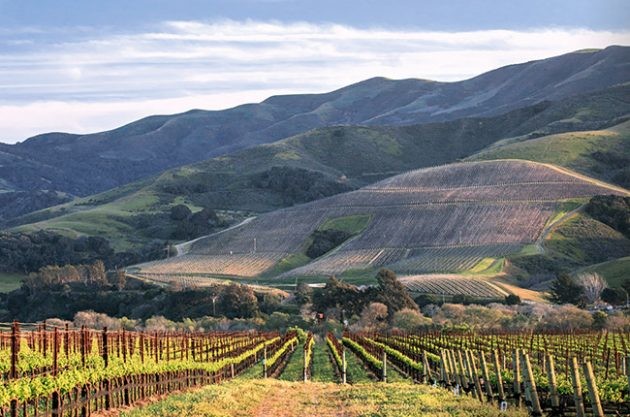
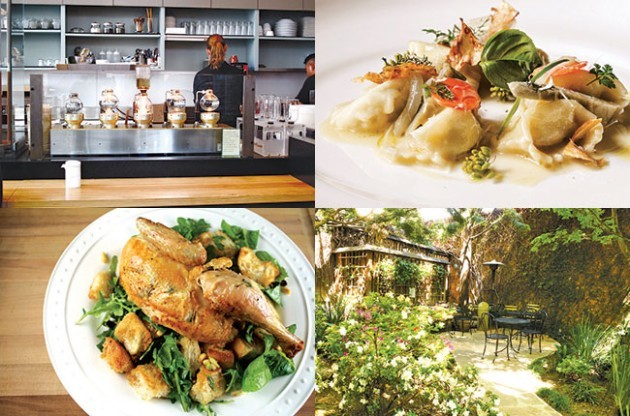
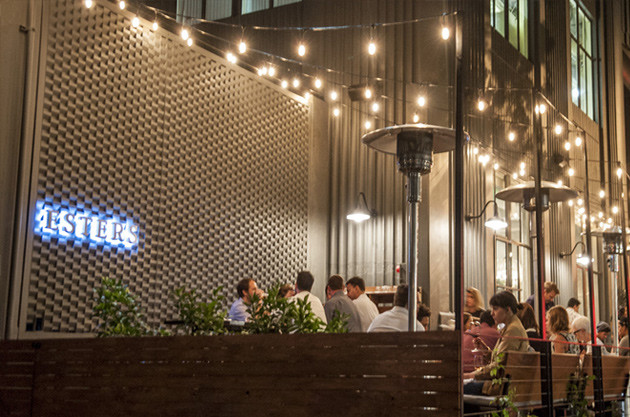
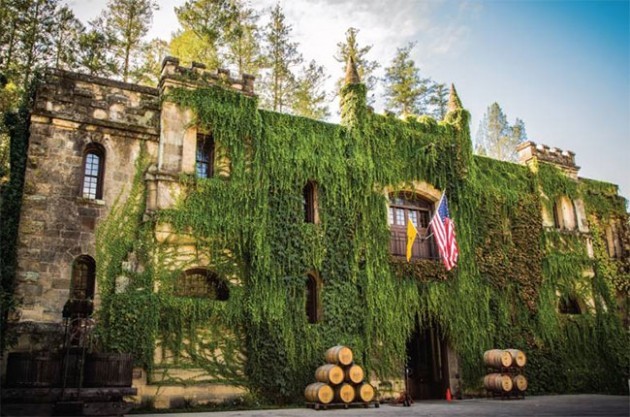

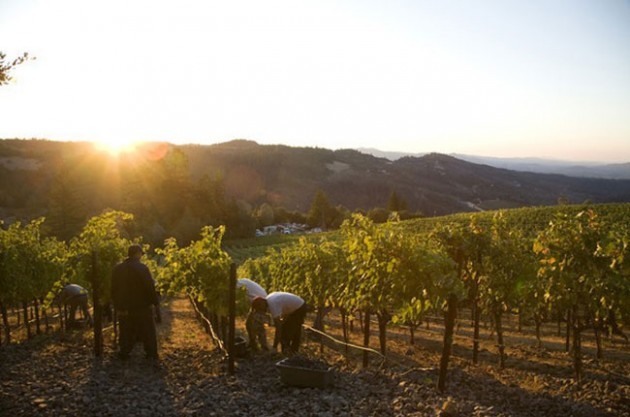
Comments
Submit